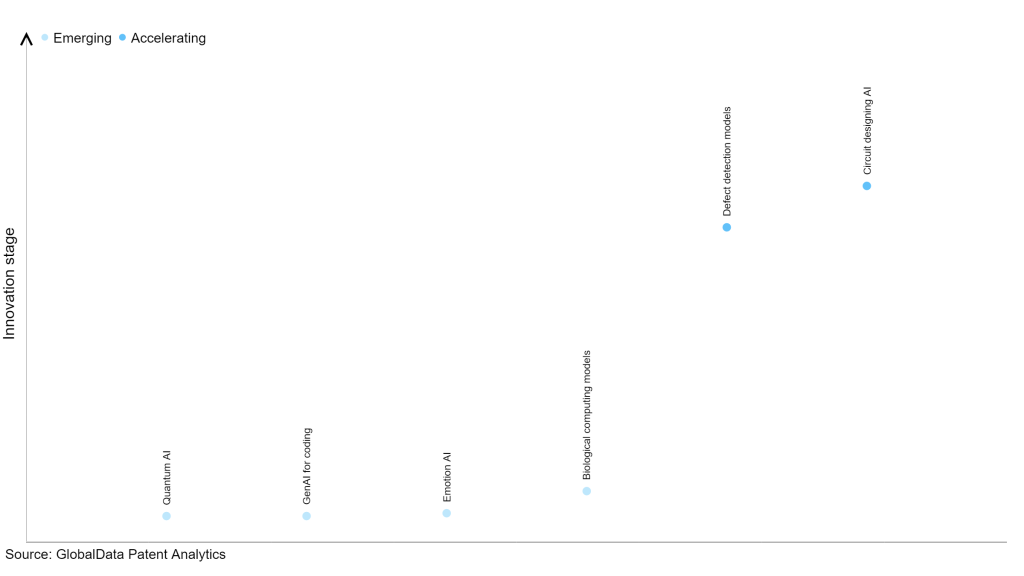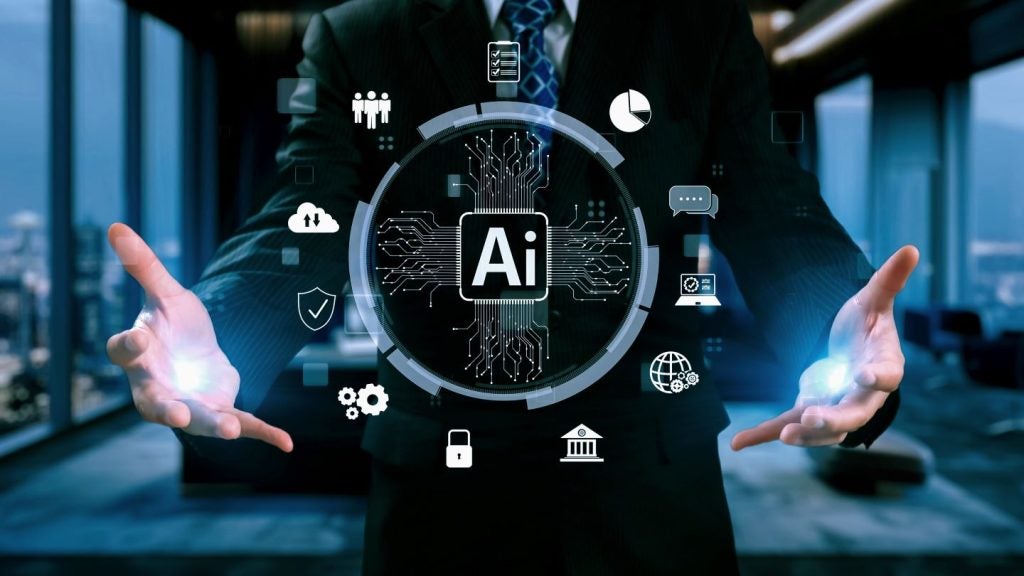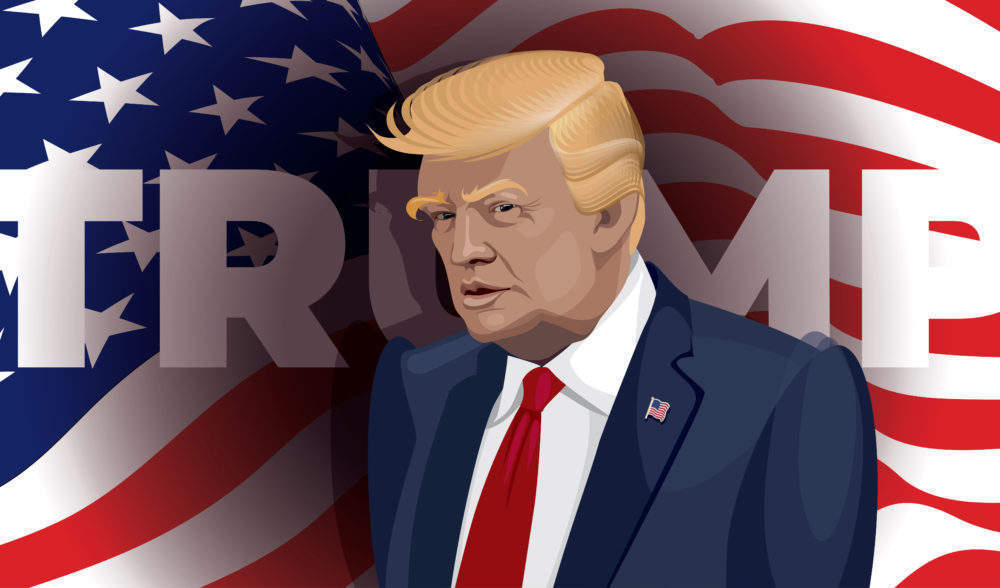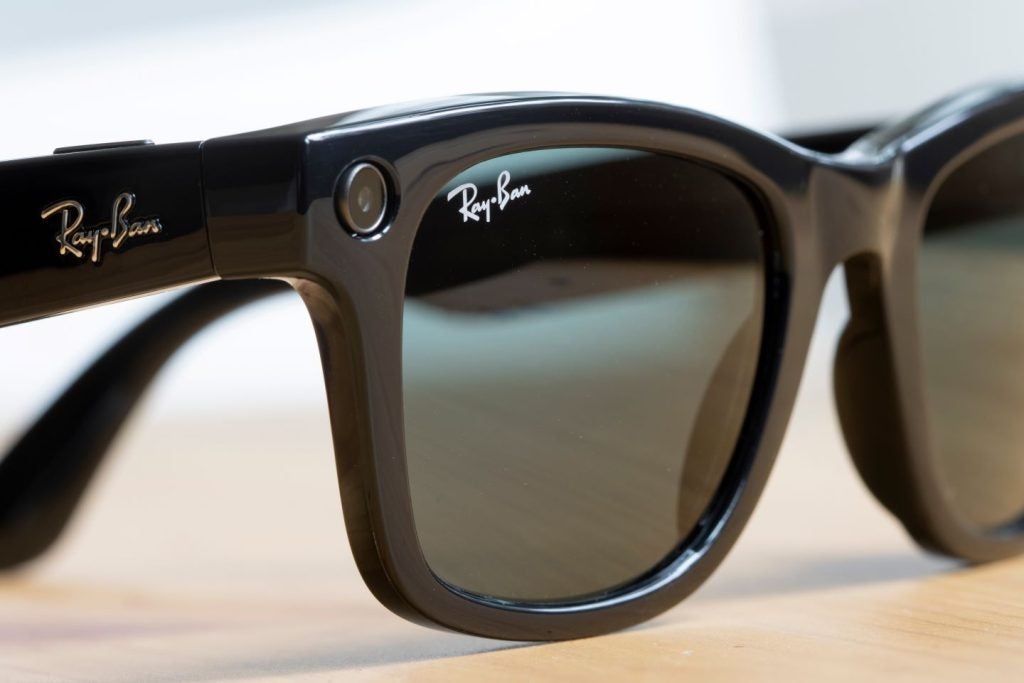The technology industry continues to be a hotbed of patent innovation. Activity is driven by the escalating need for robust image authentication in fields such as forensics, journalism, and content verification, fueled by the increasing sophistication of image editing tools, and growing importance of technologies such as convolutional neural networks (CNNs) for precise splicing detection and forensic analysis tools for detailed image examination, collectively propelling the development of artificial intelligence (AI) in image splicing detection. In the last three years alone, there have been over 1.5 million patents filed and granted in the technology industry, according to GlobalData’s report on Artificial intelligence in technology: image splicing. Buy the report here.
However, not all innovations are equal and nor do they follow a constant upward trend. Instead, their evolution takes the form of an S-shaped curve that reflects their typical lifecycle from early emergence to accelerating adoption, before finally stabilizing and reaching maturity.
Identifying where a particular innovation is on this journey, especially those that are in the emerging and accelerating stages, is essential for understanding their current level of adoption and the likely future trajectory and impact they will have.
185+ innovations will shape the technology industry
According to GlobalData’s Technology Foresights, which plots the S-curve for the technology industry using innovation intensity models built on over 1.6 million patents, there are 185+ innovation areas that will shape the future of the industry.
Within the emerging innovation stage, quantum AI, GenAI for coding and emotion AI are disruptive technologies that are in the early stages of application and should be tracked closely. Biological computing models, defect detection models, and circuit designing AI are some of the accelerating innovation areas, where adoption has been steadily increasing.
Innovation S-curve for artificial intelligence in the technology industry

Image splicing is a key innovation area in artificial intelligence
Image splicing involves merging multiple images into one cohesive composition. It encompasses gathering and choosing images, ascertaining their placement within the final composition, and seamlessly blending them together. The technique finds application in creating panoramic views, rectifying image distortions, improving image fidelity, and executing various other image enhancement processes.
GlobalData’s analysis also uncovers the companies at the forefront of each innovation area and assesses the potential reach and impact of their patenting activity across different applications and geographies. According to GlobalData, there are 560+ companies, spanning technology vendors, established technology companies, and up-and-coming start-ups engaged in the development and application of image splicing.
Key players in image splicing – a disruptive innovation in the technology industry
‘Application diversity’ measures the number of applications identified for each patent. It broadly splits companies into either ‘niche’ or ‘diversified’ innovators.
‘Geographic reach’ refers to the number of countries each patent is registered in. It reflects the breadth of geographic application intended, ranging from ‘global’ to ‘local’.
Patent volumes related to image splicing
| Company | Total patents (2010 - 2022) | Premium intelligence on the world's largest companies |
| ZTE | 13 | Unlock Company Profile |
| Casio Computer | 13 | Unlock Company Profile |
| Fujifilm | 10 | Unlock Company Profile |
| China Electronics Technology Group | 32 | Unlock Company Profile |
| Thales | 29 | Unlock Company Profile |
| Shanghai United Imaging Healthcare | 10 | Unlock Company Profile |
| Fraunhofer-Gesellschaft zur Forderung der Angewandten Forschung | 21 | Unlock Company Profile |
| Alibaba Group | 15 | Unlock Company Profile |
| State Grid Corporation of China | 15 | Unlock Company Profile |
| AXI | 22 | Unlock Company Profile |
| Ricoh | 19 | Unlock Company Profile |
| Meta Platforms | 62 | Unlock Company Profile |
| ADOBE | 12 | Unlock Company Profile |
| Nokia | 29 | Unlock Company Profile |
| Canon | 44 | Unlock Company Profile |
| Sony Group | 31 | Unlock Company Profile |
| Tencent | 48 | Unlock Company Profile |
| Nuctech | 11 | Unlock Company Profile |
| Bayerische Motoren Werke | 9 | Unlock Company Profile |
| Denso | 13 | Unlock Company Profile |
| Vatech | 9 | Unlock Company Profile |
| GoPro | 15 | Unlock Company Profile |
| Egis Technology | 13 | Unlock Company Profile |
| Zillow Group | 17 | Unlock Company Profile |
| Beijing ByteDance Technology | 12 | Unlock Company Profile |
| AirWorks Solutions | 11 | Unlock Company Profile |
| Dental Smartmirror | 29 | Unlock Company Profile |
| Arashi Vision | 15 | Unlock Company Profile |
Source: GlobalData Patent Analytics
Among the companies innovating in image splicing, Meta Platforms is one of the leading patent filers. The company's patents focus on a system for creating a canvas representation of a scene using a series of initial camera perspectives capturing the scene, potentially for reconstructing a scene in virtual reality. These canvas views may be produced from a collection of computer-generated views derived from the initial camera perspectives. The synthesis of views could involve adjustments and merging of pertinent original camera perspectives based on the optical flow across multiple original camera views. The optical flow itself can be computed through an iterative process that individually refines the optical flow vector for each pixel in a camera view and extends these changes to adjacent optical flow vectors. The other prominent patent filers in the space include Baidu and Alphabet.
In terms of application diversity, Dental Smartmirror leads the pack, while Meta Platforms and Canon stood in the second and third positions, respectively. By means of geographical reach, Meta Platforms held the top position, followed by Dental Smartmirror and Thales.
Image splicing is crucial in AI for detecting fraudulent combinations of different images, especially in image forensics. It's vital for ensuring the integrity of visual data, with applications in digital forensics, journalism, and content verification. The process also enhances the trustworthiness of computer vision systems and the precision of image-based algorithms, reinforcing the credibility of AI applications.
To further understand the key themes and technologies disrupting the technology industry, access GlobalData’s latest thematic research report on Artificial Intelligence (AI).
Data Insights
From

The gold standard of business intelligence.
Blending expert knowledge with cutting-edge technology, GlobalData’s unrivalled proprietary data will enable you to decode what’s happening in your market. You can make better informed decisions and gain a future-proof advantage over your competitors.







